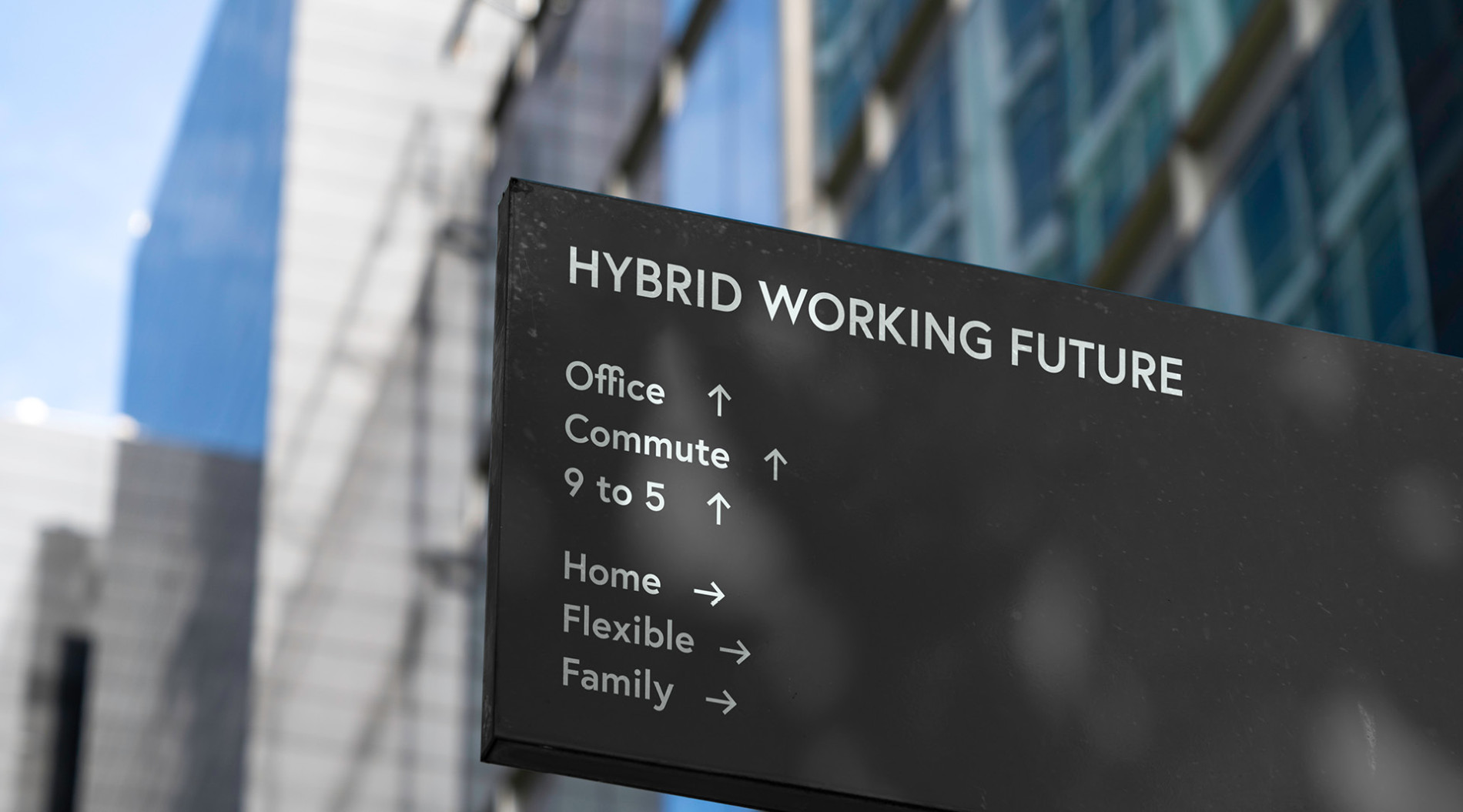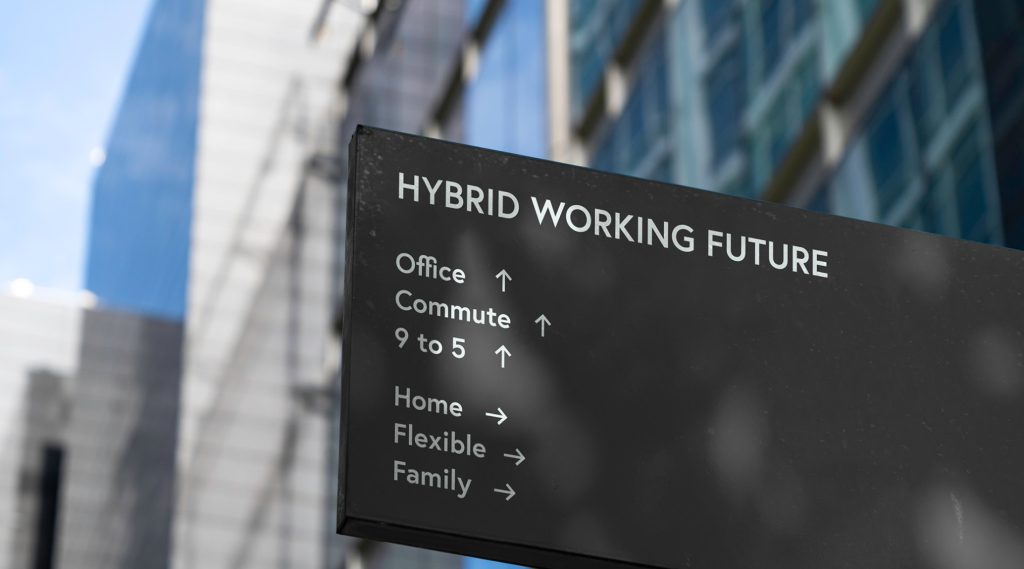Three Reasons Why Leveraging Robotics Can Address the Skills Gap in Construction
Australia is suffering from a problem currently being experienced throughout the world in the construction sector – a chronic shortage of skilled workers. This is having a significantly adverse impact on the entire industry.
Damaging effects of the construction skills gap
Adverse effects on projects
Australia has a huge public infrastructure pipeline and a residential construction sector working at absolute capacity and experiencing substantial delays. The construction skills shortage contributes to project setbacks, which increase the final cost. Work quality also suffers when vital skills are in short supply.
Adverse effects on existing labour shortage
The construction sector reported a disturbing 31,200 job vacancies in February 2023, but a labour shortage is about more than mere numbers. The increased skills gap caused when older, more experienced workers retire may be perpetuated if there is not a large enough influx of new workers with the necessary skills to take their place.
Adverse effects on innovation
Innovation suffers when all efforts are concentrated on just getting through the backlog rather than looking forward. A failure to focus on strategic planning for the future could reduce the sector’s ability to meet the growing demand for new construction projects.
There is however, a solution available to address these problems. An increased use of robotics could be a means of easing some of the sector’s current difficulties.
Three ways robotics can address the skills gap
Robots can perform repetitive and physically demanding tasks
- Bricklaying robots. Robotic bricklaying machines automate the physically demanding task of bricklaying. The risk of injuries to humans from repeated lifting and placing of heavy bricks is reduced, as well as the need for them to work in awkward or hard to reach positions for extended periods.
- Wearable exoskeletons. Physically challenging tasks, such as lifting and carrying heavy materials, take a toll on the human body. Musculoskeletal disorders can lead to extensive workers compensation claims and early retirement, as well as damaging the way the industry is perceived by potential recruits. Wearable exoskeletons are made of materials like carbon fibre, metal and elastic and can contain embedded sensors. This means that they can not only provide workers with bodily support to relieve strain and increase productivity, they can also track movement and provide biometric data to highlight risks and identify hazards before injury occurs.
- Autonomous vehicles. Driverless vehicles can transport heavy materials and equipment around construction sites, reducing the need for workers to do heavy lifting and carrying, and freeing humans to perform higher level, more skilful tasks. Autonomous drones can be used to assist decision making and improve security by conducting site monitoring and inspection.
Robots can enhance human workers’ skills
- Collaboration. Robots don’t just have the ability to replace human employees – they can also become a part of the team. Co-robots can work alongside humans on tasks such as bricklaying, bolting, welding and demolition, or helping to install prefabricated building components correctly and with a high level of precision.
- Training and education. Upskilling the existing construction workforce and training new entrants is a vital part of combatting the skills shortfall. Robots can be used as a training tool for human workers, helping to enhance their skills and knowledge in specific tasks. For example, a virtual reality simulator can train workers on how to operate heavy equipment, improving their competence without exposing them to the risks associated with real-life training.
- Data collection and analysis. Data on construction processes, stocks of materials and equipment, project progress and health and safety matters can all be collected by robots equipped with sensors, or by smart hats, smart boots and smart watches. The data collected can then be analysed to provide insights for both current programs and future planning.
Robots can help attract and retain workers
- Attraction of technology. Technology-driven work will be a source of attraction for younger employees who are already digital natives and are often more interested in employment that allows them to utilise their existing skills and interests. It will help with construction recruitment in a competitive market where labour shortages are universal.
- Increased safety. The use of robotics in construction can help reduce the risk of injury to human workers, by replacing or assisting humans in dangerous situations, confined spaces or particularly strenuous tasks, and by collecting data that identifies risks and hazards in order to avoid future trauma. This not only makes the industry more attractive to potential workers, it also reduces downtime resulting from accidents.
- Environmental sustainability. Many employees, and especially the younger generations, are mindful of not only their own environmental impact but also that of their employer. Robotics can help reduce waste, minimise the carbon footprint of construction projects and promote sustainability. For example, robots can be used to manufacture modular structures, which are easier to disassemble and reuse than traditional construction methods. They can also be used to process recycled materials, such as plastics and metals, into building components. Environmentally responsible businesses are more likely to attract and retain workers.
The case in favour of robotics for addressing construction industry skills shortages is clear. But there’s even more to the return on investment advantages to be gained.
Financial benefits of investing in robotics for the construction industry
Improved employee retention
Attracting, hiring, onboarding, training and then retaining employees can be an expensive process. High staff turnover rates can have a detrimental impact on your bottom line. In construction recruitment, companies making use of robotics can attract both environmentally conscious employees and those wishing to work with technology. Robots can also reduce the physical demands and hazards of construction work, leading to a safer and less strenuous work environment, increasing employee satisfaction and reducing turnover rates.
Increased productivity
Productivity and efficiency are increasingly important in an industry typified by fixed-price contracts, soaring costs and heavily-scrutinised public infrastructure budgets. By automating repetitive tasks and working continuously without experiencing fatigue, robotics can help improve cost-effectiveness and output in construction projects. Human workers are freed to focus on more complex, value-creating tasks that require higher levels of skill and expertise. This can lead to faster completion times, increased productivity and improved overall performance, helping companies to grow and compete more effectively.
Enhanced competitive capabilities
Construction companies investing in robotics can position themselves as leaders in innovation and technology-driven development. Their competitiveness in the industry will benefit, since they will appear more attractive to clients, partners and investors. According to a recent McKinsey report on the construction sector, “Companies that familiarize themselves with the next normal and move quickly will be best positioned to both create value and maintain their competitive edge.”
Look for a recruitment partner who understands construction. When you need construction recruitment support in a highly competitive job market, it helps to have a hiring partner who understands the anatomy of the construction sector. At Adecco, our industry experts are just a click away, contact us here.

Discover strategies for attracting, developing, and retaining skilled construction workers with Adecco’s new report, “Bridging the Gap.” Download now to gain insights.











